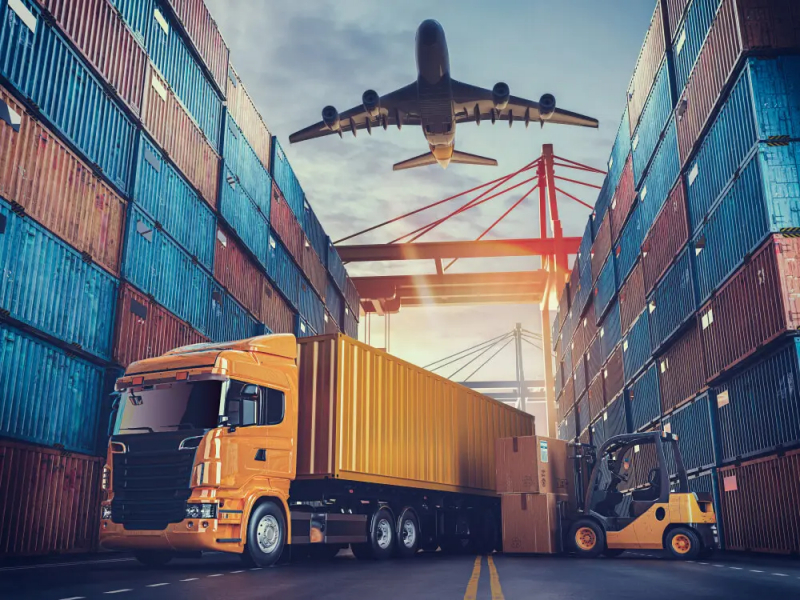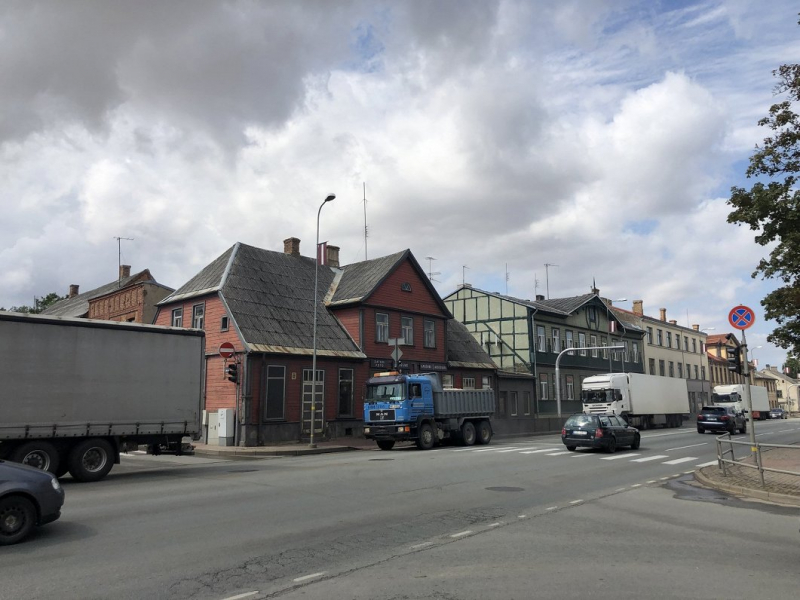Latvia is a well-connected transport hub

The success of Latvia's transportation sector is dependent on a number of favorable circumstances. The geographical location of Latvia, with access to both Russian and EU markets, as well as its excellent infrastructure, are the foundations of its success. Latvia, being located on the European Union's external border, has high-quality infrastructure connecting it to the Russian Federation, the Republic of Belarus, and the entire Eurasian continent.
It has one of the best rail connections to Russia and three of Europe's northernmost ice-free ports. Latvia is uniquely positioned to facilitate access to the Baltic Sea for the region's landlocked areas during the winter, when most ports and roads in Northern Europe freeze. Latvia has the potential to serve as a transit hub for Far Eastern cargo via the Trans-Siberian Railway connection to Western Europe due to its location.
In 2016, the transport, transit, and storage sectors contributed roughly 9% of Latvia's GDP and employed nearly 8% of the working population. The full integration of Latvia's transport infrastructure with the Trans-European multi-modal transport system is a key goal for the development of the Latvian transport system.
The development of the transportation sector is being driven by international transport and forwarding companies that provide value-added services. These companies are increasing the availability of high-level IT in the sector, such as modern data systems and the development of Electronic Data Interchange. Government entities, such as customs and tax authorities, also have efficient information systems, resulting in improved communication between private and public entities.











